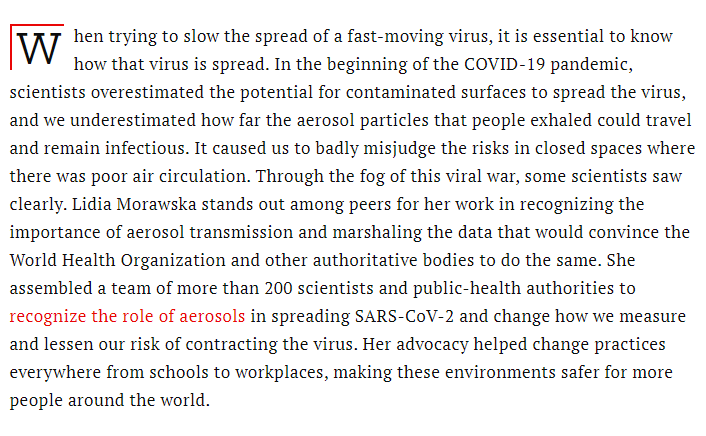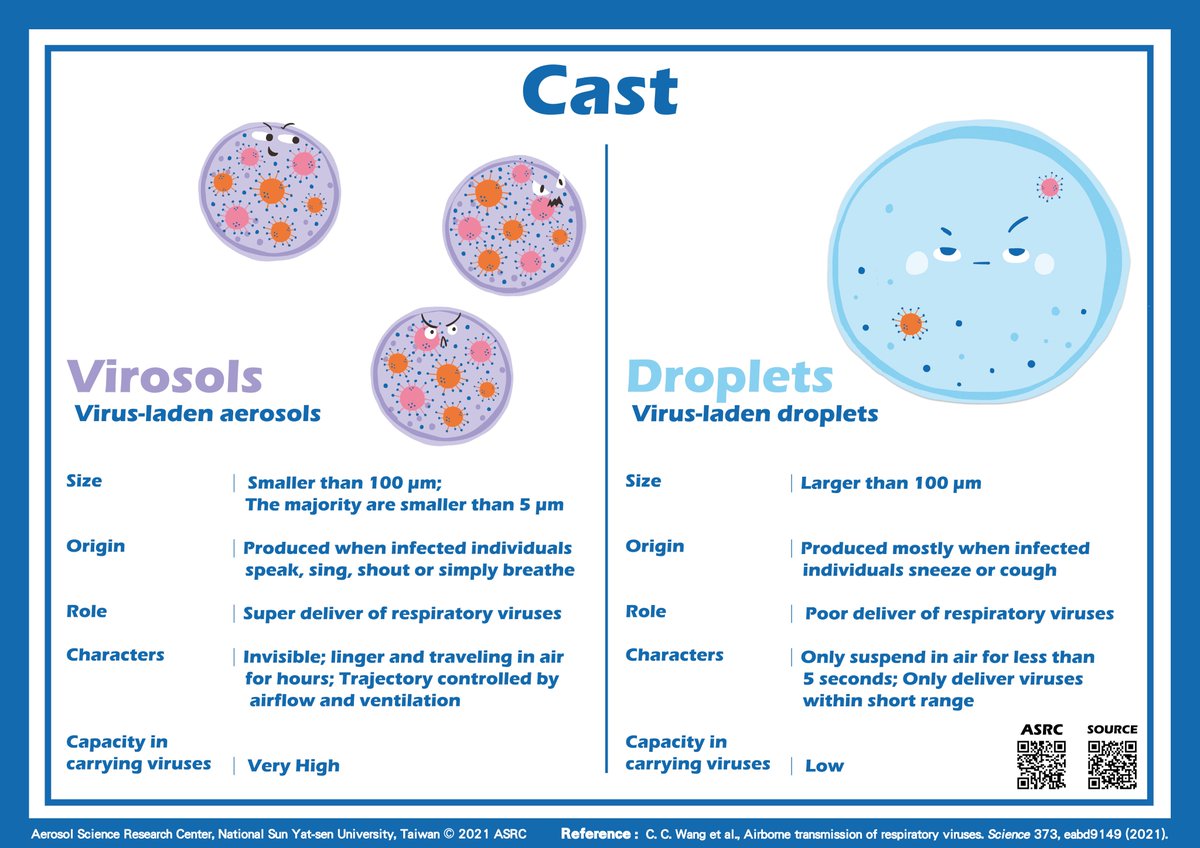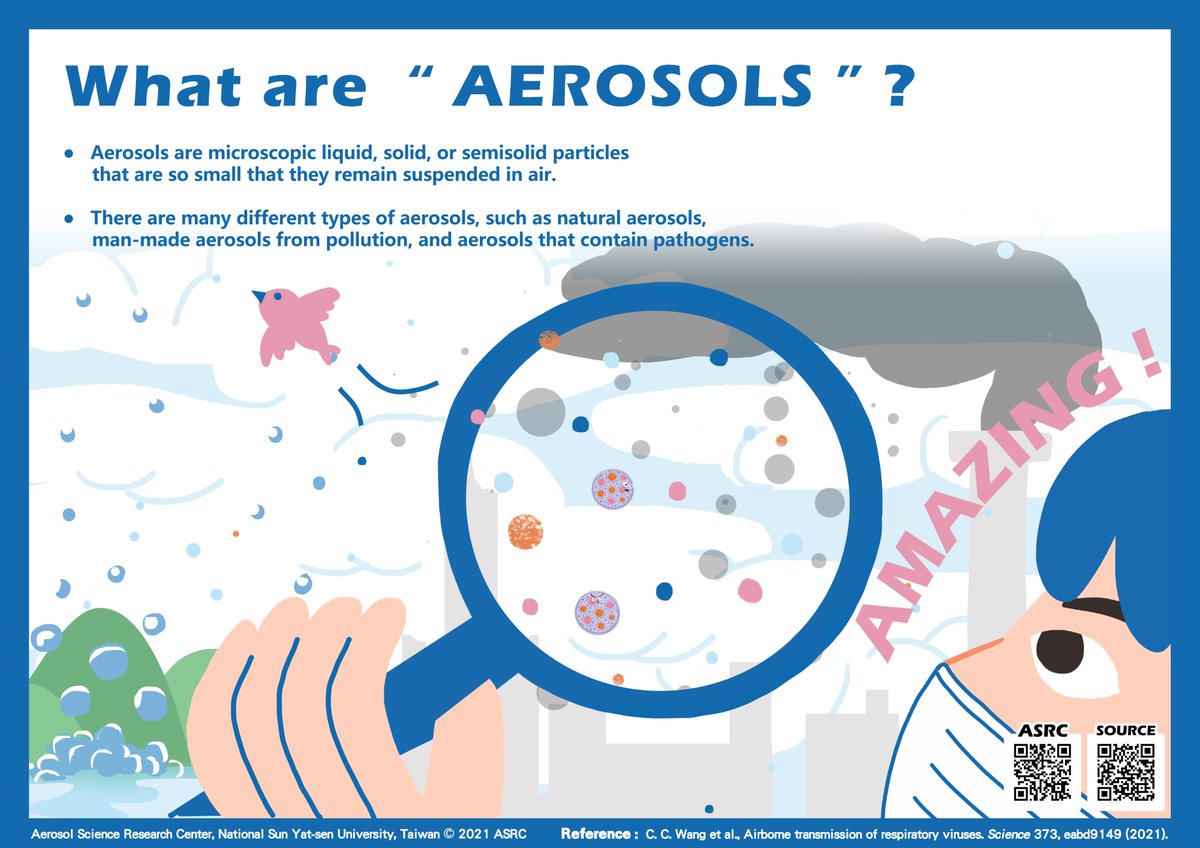
1/ Where Are the Tests?
"Other countries are awash in Covid tests. The U.S. is not."
By @DLeonhardt in @nytimes
nytimes.com/2021/09/21/bri…
"Other countries are awash in Covid tests. The U.S. is not."
By @DLeonhardt in @nytimes
nytimes.com/2021/09/21/bri…
2/ Thanks to the @nytimes for bringing the focus onto this US problem, that @michaelmina_lab has been advocating for solving since the start of the pandemic.
3/ "Rapid testing — i.e. antigen testing — allows pplto learn within minutes whether they are carrying enough Covid-19 virus to be contagious.
With this knowledge, infectious people can stay home and quarantine before they infect others. Everybody else can carry on w/ life"
With this knowledge, infectious people can stay home and quarantine before they infect others. Everybody else can carry on w/ life"
4/ "In Britain, France and Germany, rapid testing is widely available and inexpensive, thanks to government subsidies. People can visit testing sites and get tested at no charge. Many people also keep tests in their homes and self-administer them."
5/ "In the U.S., by contrast, ppl usually take a PCR test — which must be processed by a laboratory and sometimes does not return results for more than 24 hours. During that time, a person with Covid can spread it to others.
The shortage of testing may be contributing to spread"
The shortage of testing may be contributing to spread"
6/ Why is the US in this situation? Bureaucracy!
"Biden has not broken through some of the bureaucratic rigidity that has hampered the U.S. virus response. The F.D.A.’s process for approving rapid tests is “onerous” and “inappropriate,”"
"Biden has not broken through some of the bureaucratic rigidity that has hampered the U.S. virus response. The F.D.A.’s process for approving rapid tests is “onerous” and “inappropriate,”"
7/ "For the most part, the F.D.A. still uses the same cumbersome process for approving Covid tests that it uses for high-tech medical devices.
@POTUS @CDCDirector @US_FDA @CDCgov Please take rapid action to change this, and make rapid testing available in the US!
@POTUS @CDCDirector @US_FDA @CDCgov Please take rapid action to change this, and make rapid testing available in the US!
8/ It is clear (e.g. from the work of @DFisman, @PrasadKasibhat1 and others) that transmission is dominated by a small fraction of infected people with high viral load, often through airborne superspreading events.
pubmed.ncbi.nlm.nih.gov/33861198/
pubmed.ncbi.nlm.nih.gov/33861198/
9/ Antigen tests are very good at detecting those high-spreading individuals. If we kept those people quarantined, we could greatly reduce transmission.
Together with measures to control transmission (bit.ly/FAQ-A), it could have a major impact.
Together with measures to control transmission (bit.ly/FAQ-A), it could have a major impact.
10/ See this preprint (soon to be in press) how superspreading events are consistent with airborne transmission, and how we can reduce the risk quantitatively:
medrxiv.org/content/10.110…
medrxiv.org/content/10.110…
11/ Para los que entendéis español y os interesa este tema de los test rápidos, os recomiendo mucho seguir a @mariaitapia
• • •
Missing some Tweet in this thread? You can try to
force a refresh








